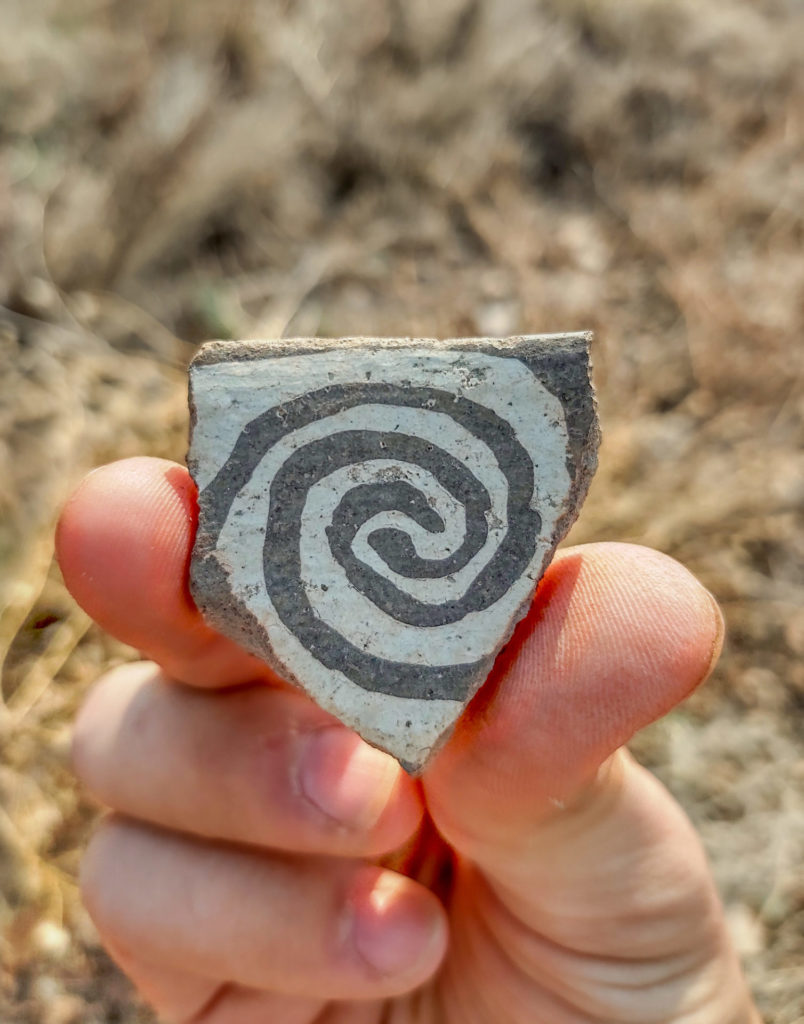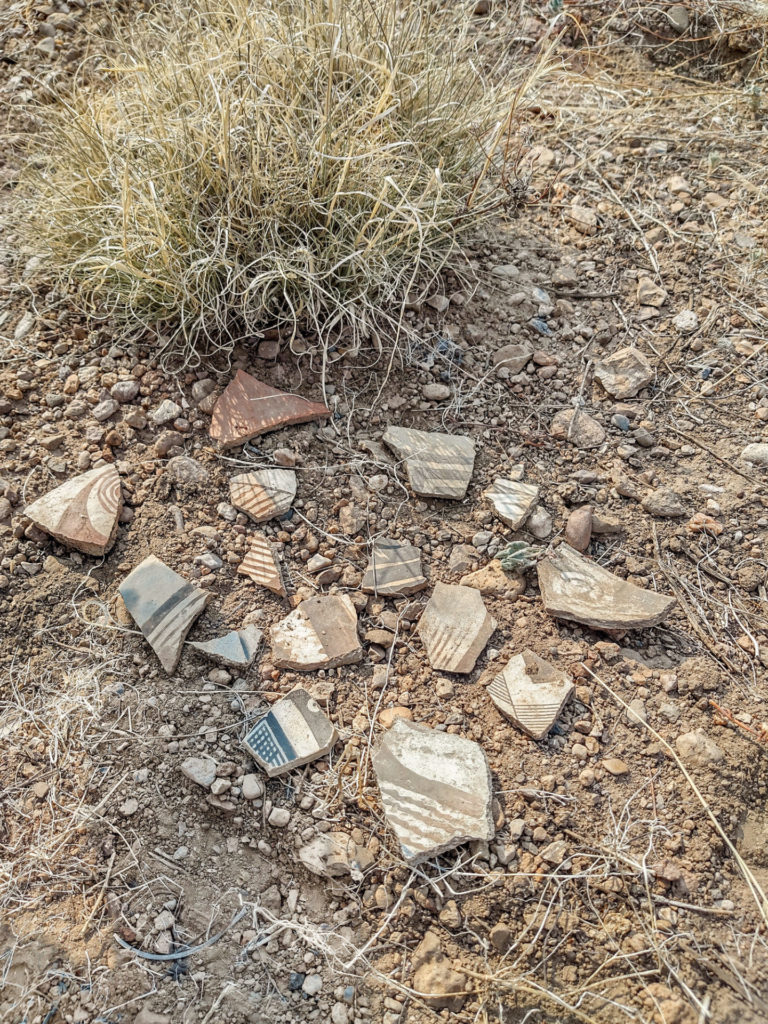- Home
- >
- Preservation Archaeology Blog
- >
- A Nonrenewable Resource
(June 9, 2021)—Within anthropology, archaeology serves as a tool to understand and piece together how cultures have changed over time and how material culture—things people make and use—helped us become one of the most widespread species on Earth. By examining artifacts, we can learn about migrations, social and trade networks, and responses to demographic and environmental changes.

The archaeological sites that hold this evidence are a nonrenewable resource. A preservation-focused approach ensures that places are minimally disturbed, if at all, ensuring not only the preservation of information, but also respect for descendant communities’ wishes regarding the places of their ancestors. Our research questions can and should be designed to take advantage of existing artifact collections and archaeological data.

Using a preservation-focused methodology also shifts how we present findings to the public. How we communicate information to the public is vital—not just for effective dissemination, but also to highlight why places should be protected. Looting not only permanently alters the state of a site and what might be learned from it, but also removes elements of culture that descendant communities maintain a strong and often sacred connection to. It is important for archaeologists to underscore that a site is a home, a connection to ancestry, and much more than an opportunity to answer an archaeological question.